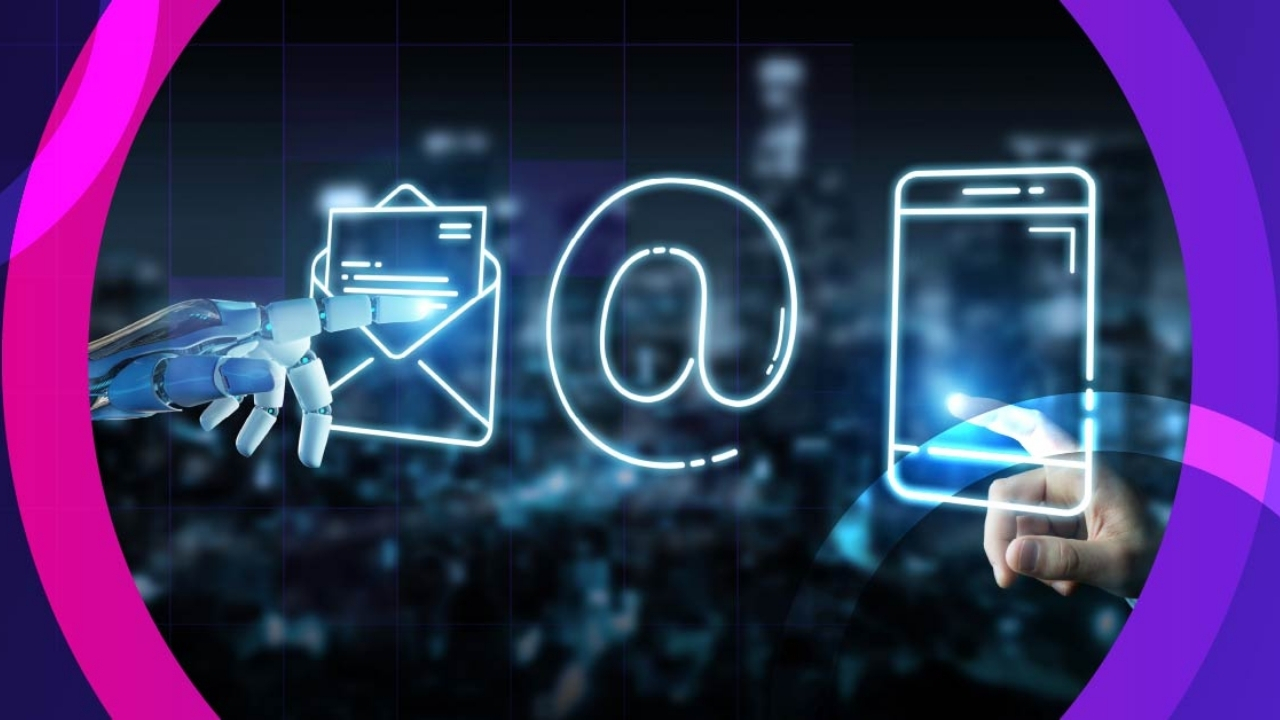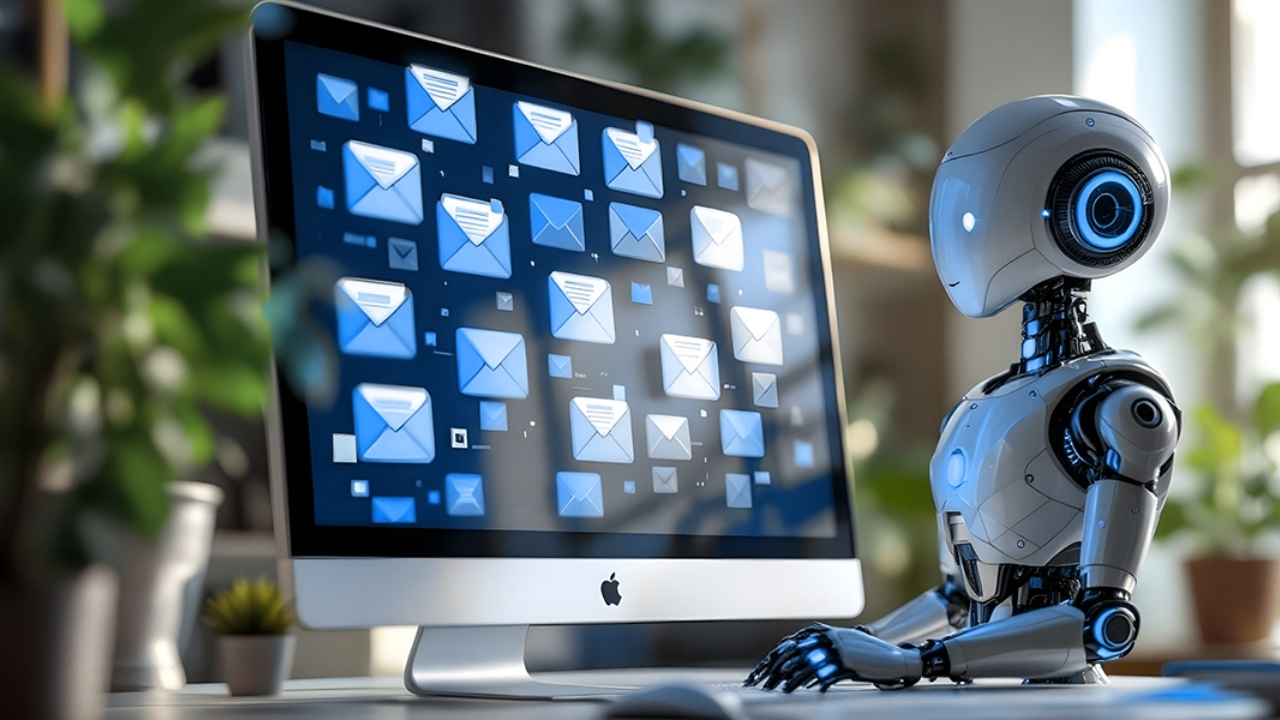AI Newsletter : In the age of content overload, newsletters remain a powerful tool for creators, marketers, and businesses to stay top-of-mind. But crafting engaging newsletters every week takes time. That’s where an AI newsletter generator can help — by streamlining content creation with smart automation.
Whether you’re a SaaS founder, agency owner, or content strategist, launching or using an AI newsletter tool allows you to generate personalized, on-brand content in minutes — not hours. With the right features, this tool can serve marketers, creators, coaches, and ecommerce brands.
What Is an AI Newsletter Generator?
An AI newsletter generator is a tool that uses artificial intelligence (typically GPT-based models) to help users create complete email newsletters. This includes:
-
Generating headlines and subject lines
-
Writing newsletter body content
-
Rewriting existing blogs into newsletter format
-
Adding calls to action and sign-offs
-
Summarizing external links or articles
🔗 Explore Beehiiv — a fast-growing newsletter platform that supports AI-powered writing, segmentation, and monetization for newsletter creators.
Why AI Newsletters Are the Future of Email Marketing
1. Save Hours Each Week on Content Creation
Writing a high-quality newsletter from scratch can take 3–5 hours. An AI newsletter tool can reduce that to 20 minutes or less, helping solopreneurs and small teams stay consistent without burnout.
2. Boost Engagement with Smart Suggestions
AI can optimize:
-
Subject line click-through rates
-
Call-to-action positioning
-
Content tone and length
-
Email personalization
3. Scale Newsletter Creation Across Multiple Brands
If you’re an agency or freelancer managing newsletters for clients, an AI newsletter generator allows you to scale your services and serve more accounts profitably.
Features to Include in an AI Newsletter Generator
1. Content Modes
-
Weekly Recap
-
Blog-to-Email Converter
-
Curated Link Summary
-
Event or Product Announcement
-
Personal Brand Update
2. Template Builder
Drag-and-drop or AI-suggested layouts for newsletters including:
-
Hero sections
-
Text blocks
-
CTA buttons
-
Product cards
3. Subject Line Optimization
Test subject lines based on:
-
Open rate predictions
-
Tone options (funny, urgent, professional)
-
Emoji usage and personalization tags
Example Prompt for an AI Newsletter Generator
Prompt: “Write a 3-paragraph weekly newsletter for a marketing agency. Recap the top 3 digital marketing news stories of the week and add a CTA to download our free SEO checklist.”
This prompt could generate:
-
Title
-
Summary of news links
-
Custom CTA block
-
Sign-off with brand personality
How to Build and Monetize an AI Newsletter Tool
Step 1: Choose Your AI Engine
Use:
-
OpenAI GPT-4 for text generation
-
DALL·E or Unsplash API for image suggestions
-
Zapier/Make for newsletter automation workflows
-
SendGrid, ConvertKit, or Mailchimp API for email distribution
Build it with:
-
Next.js or Bubble for the frontend
-
Supabase or Firebase for user accounts
-
Stripe for subscription billing
Step 2: Add Monetization Options
-
Free tier with watermark and limited uses
-
Pro plan: $15–$29/month for unlimited generations
-
Agency plan: $79/month for white-label or multi-brand access
-
Lifetime license or credits-based pricing
Marketing Tips for AI Newsletter Services
1. SEO Blog Content
Topics like:
-
“Top AI Newsletter Tools for 2025”
-
“How to Write Weekly Newsletters in 10 Minutes”
-
“AI-Powered Email Marketing Templates for Coaches & Founders”
2. YouTube and TikTok Demos
Create short walkthroughs showing how fast your tool can write a newsletter — perfect for going viral.
3. Launch on Product Hunt and Email Creator Forums
Target newsletter writers on platforms like Indie Hackers, Beehiiv Creators Group, and Twitter.
The AI newsletter revolution is here — and it’s making content creation faster, more consistent, and smarter. Whether you’re building a tool for yourself or offering it to clients, automated newsletter generation powered by AI is one of the most impactful and profitable uses of language models today.







